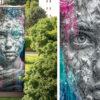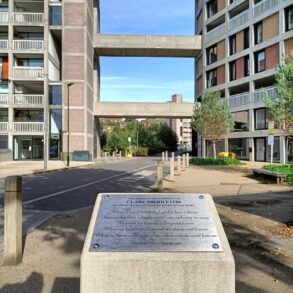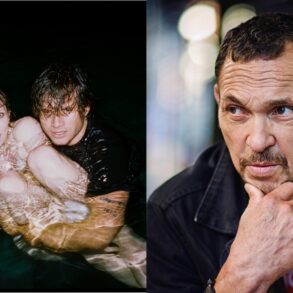Time was his medium and he will forever be eternal.
The India Art Fair used these words to eulogise their “dear friend” and legendary artist Hanif Kureshi, co-founder of St+art India.
As I sat to pen this piece, I decided to scour the internet for op-eds, memoirs, social media condolences — anything that would give me an inkling of the legend whose loss India is mourning; Kureshi passed away on Sunday at the age of 41 following a battle with cancer.
Hours later, I ended my search with a vivid idea of the maestro forming in my mind’s eye. Words cannot do justice to it; so, let me paint a picture, as he would have said.
Imagine art that is brilliant, vibrant, colourful, extravagant, alluring, and beautiful — every standard adjective that one would associate with picturesque paintings. Also imagine activism, forward-thinking, introspection, visionary scripts, hard-hitting messages, and thought-provoking ideas.
Now picture a man expertly manoeuvring himself on the tightrope between the two. This was Hanif Kureshi. His art, unabashedly bold and layered, gave form to emotions. It questioned traditional exclusivity.
As the India Art Fair put this into perspective, “His work wasn’t just about painting murals — it was about creating a bridge between art and everyday life. His influence will live on in every aha moment his work sparked.”
While much of the legend’s body of work is celebrated under his name Hanif, if you should ever stumble across a brilliant painting by ‘Daku’ or ‘Guerrilla’, know that it finds its roots in the same brush. Over the years, Gujarat-born Hanif and his pseudonyms created a movement out of street art; one that shows no signs of slowing down.
The love affair of Hanif Kureshi and his brush
Shock waves spread through the art community on Sunday when St+art India Foundation’s Instagram page announced the death of their beloved co-founder:
“It is with deep sadness that we share the passing of Hanif Kureshi, our beloved co-founder, artistic director and artist. We are gutted and at a loss of words. Hanif was a gifted mentor, collaborator, friend, father, and husband. His vision and charisma helped shape the landscape of public art in India with the countless projects he has contributed to. He was dedicated to nurturing a community of artists, designers, and creatives who trusted him with loyal guidance. He was a pioneering figure for graffiti and street art with his tags spread across cities he travelled to. It has been an honour for the St+Art, XXL, and Guerrilla teams to have known and worked with Hanif over the past 10 years. He lives on with the profound legacy he leaves behind. It is a void that cannot be filled and we will miss him dearly. We mourn his passing and pray he rests in peace,” the post read.
At signals in Bengaluru, along highways in Mumbai, in quaint corners of Panjim, in bustling metropolitan suburbs, in antiquated streets of Lodhi where thick layers of dust had covered any potential for beauty, Kureshi wielded his brush. And with each stroke, a masterpiece was born.

The former ad professional and multidisciplinary artist contested the notion that the sole purpose of street art is to sit still and look pretty. He urged instead that it be the harbinger of social change, bring communities together, and raise awareness. His paintings were a medley of thought-provoking ideas.
Where contemporary art glorified English and Western scripts, Kureshi breathed life into vernacular dialects, sparing them from disappearing into oblivion. His Handpainted Type project, inspired by street signs found on the shop boards of vendors and paan sellers, was a step towards preserving the typographic practice of street painters through digitisation. This, in turn, created an opportunity for these sign painters, whose time-tested talents were being substituted for fast-paced millennial trends.
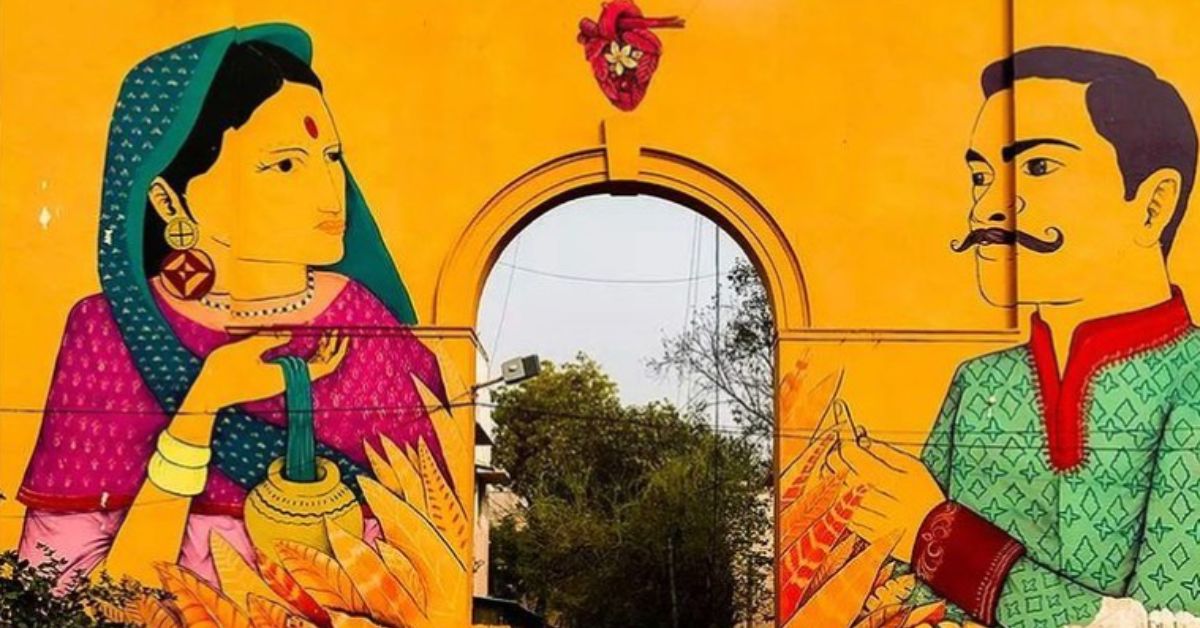
“Typefaces are like people,” he once said. “You knew them by the clothes they wore. You could take Helvetica to a party and it would fit it [in], while the single font, red box of The Economist is so distinct.”
Through the years, Kureshi’s work transcended the alleyways of Indian cities and moved across horizons. The colours of his legacy spilt onto the London Design Biennale, Venice Biennale, Centre Pompidou Paris, Triennale Design Museum, Milan, and Sikka Art Fair Dubai. His work was acclaimed by progressive artists for its depiction of life in its truest form.
St+art India Foundation: Making art accessible
A deep desire to take art out of traditional galleries and make it accessible, a part of the city’s DNA if you will, coloured each of Kureshi’s choices. He co-founded St+art Foundation in 2013 modelled on this belief. The not-for-profit organisation headquartered in Delhi saw Kureshi, Arjun Bahl, Akshat Nauriyal, Giulia Ambrogi and Thanish Thomas pick up their brushes to paint the town, literally and metaphorically.
“He [Kureshi] wanted to make art truly democratic for all. He was very passionate about Indian streets, he found them very colourful,” Bahl shared Kureshi’s reasoning.

Today, murals across four art districts in India — Lodhi Art District, Ukkadam Art District in Coimbatore, Mahim Art District in Mumbai, and Nochi Art District in Chennai — show their appreciation for St+art.
That’s not all. Through the years, India has benefitted from the foundation’s repertoire of festivals and public art projects across Delhi, Chennai, Coimbatore, Hyderabad, Kolkata, and Mumbai — the two most notable ones being the Mumbai Urban Art Festival in 2022 and the Lodhi Festival in 2023.
A walk through Mumbai’s Sassoon Docks — India’s major fish export centre dating back to 1875 — is an adventure for the senses. Smells and sights compete for your attention. In keeping with the theme ‘Between the Sea and the City’, the art was meant to portray the city’s close ties with water.
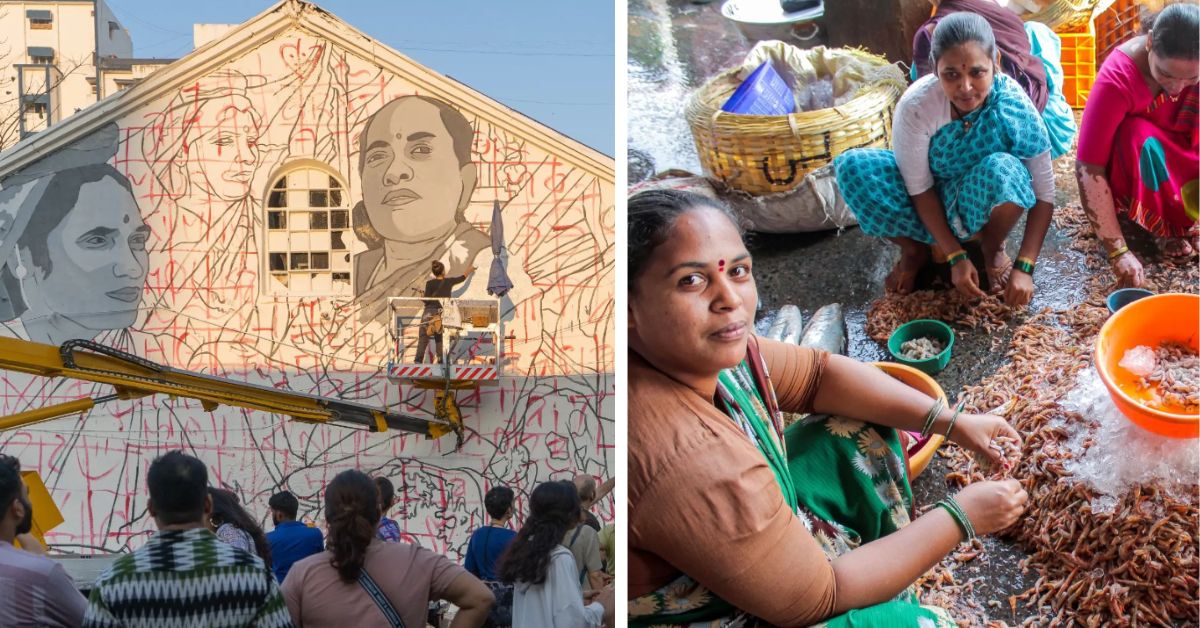
Meanwhile, the Lodhi Art District explored the synergy between art for the sake of art, and art that triggers conversations in public spaces. Someday, walk through this cultural hub in Delhi where the handiwork of over 50 national and international artists converges. Your stroll will treat you to murals whose soul-searching comes wrapped in vibrant shades. They will beckon you to think beyond art.
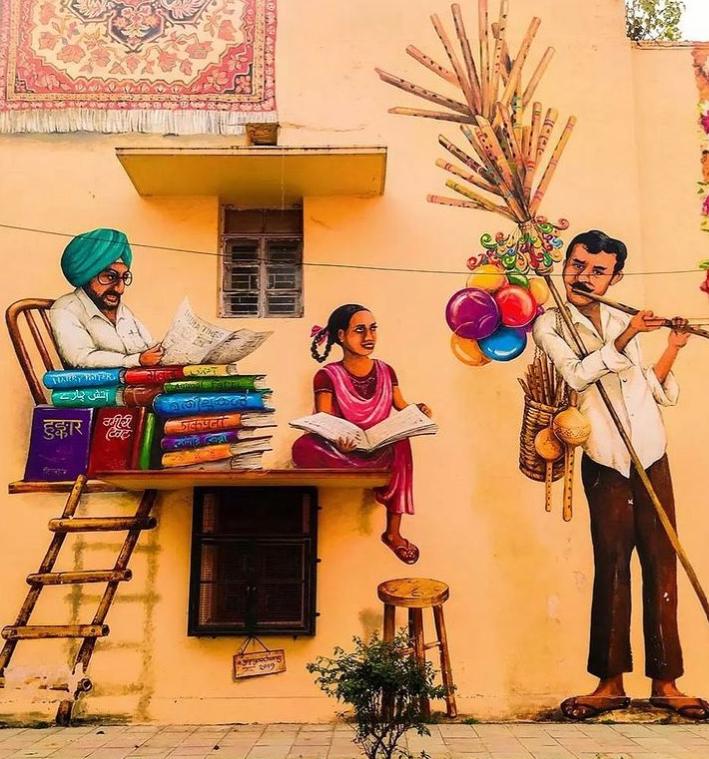
Whether it’s a mural showcasing vintage Indian matchboxes embedded with cryptic messages (that bear semblance to Indian public service announcements); murals that transform into 3D; paintings that highlight the perils of a social-media-obsessed generation, or those that reference the daily life in Lodhi — carpets drying on the terrace, children studying, and sweets being sold in plenty; the art has a life of its own.
And this emotion extends to everything Kureshi’s mind has touched.
A walk down the lane of Hanif Kureshi’s work
“Poignant” is how admirers of ‘Daku’s’ ‘Cycle of Time’ installation describe it to be. It has a profound impact on the viewer. Displayed at the India Art Architecture Design Biennale (IAADB) at the Red Fort in Delhi in 2023, the installation features a canopy of words ‘PAST IS PRESENT IS FUTURE IS PAST’ in a trance-inducing sequence. The shadows they cast shift in tandem with the movement of the Sun, underscoring the elusive nature of time.
Kureshi’s work combined bursts of colour with a cheeky take on societal issues. This is evident in one of his works tracing back to 2014, specifically to the weeks leading up to the general election. Four large monochrome paste-ups of a middle finger marked with an indelible ink blot, and captioned with the Hindi phrase ‘Mat Do (Vote)’ were placed across New Delhi. The graffiti was cheeky, compelling people who took it at face value to ‘go vote’, but compelling those who read between the lines to ‘not vote’.
Kureshi’s legacy is immortalised in the sands of time. His friends and admirers saw him as someone who was observant and perceptive, qualities that translated into his art. Art curator Rahul Bhattacharya hailed him as a role model to many, saying, “He played an extremely significant role in popularising street art in India and was a role model to many. Right from the beginning, he was not a conventional artist. He was constantly exploring new avenues.”
And to this end, Kureshi’s legacy lives on, not just in his body of work, but in the bonds he fostered among artists and the joy of people living on the street whose view was Kureshi’s larger-than-life canvases.
Edited by Pranita Bhat; Pictures source: St+art India.
Sources:
Remembering Hanif Kureshi, the artist who breathed life into Mumbai’s streets by Sadaf Shaikh, Published on 25 September 2024.
A One-Man Revolution: The Artistic Legacy Of The Late Hanif Kureshi by Drishya, Published on 24 September 2024.
Painting on the wall: Street artist Hanif Kureshi remembered for making art democratic by The Hindu, Published on 24 September 2024.
Hanif Kureshi’s art created a bridge between the street and the people by Indian Express, Published on 24 September 2024.
A Guided Walking Tour of Lodhi Art District with St+Art India by Ankita Bhatia, Published on 2 November 2019.
This post was originally published on this site be sure to check out more of their content.


